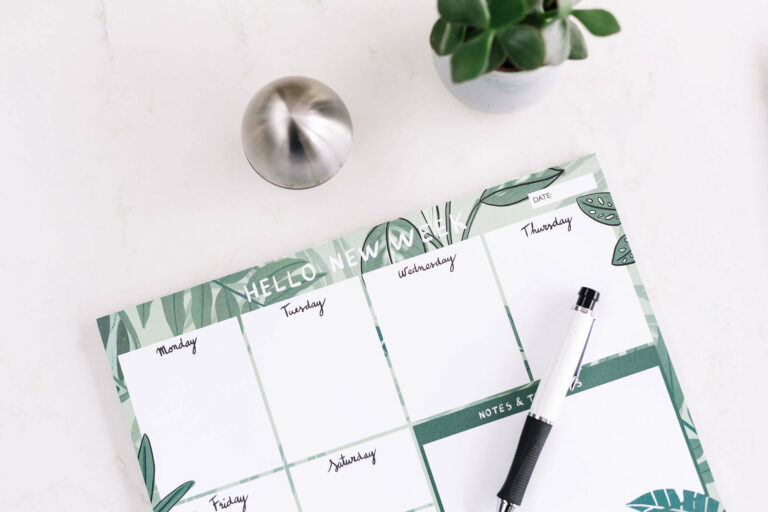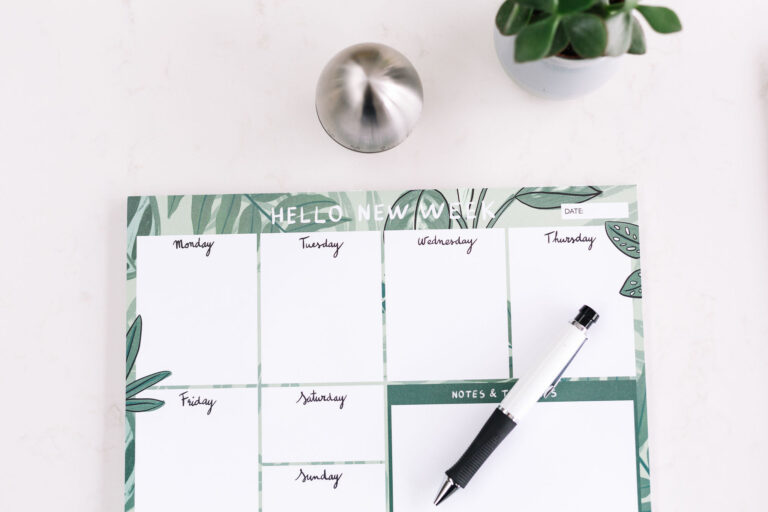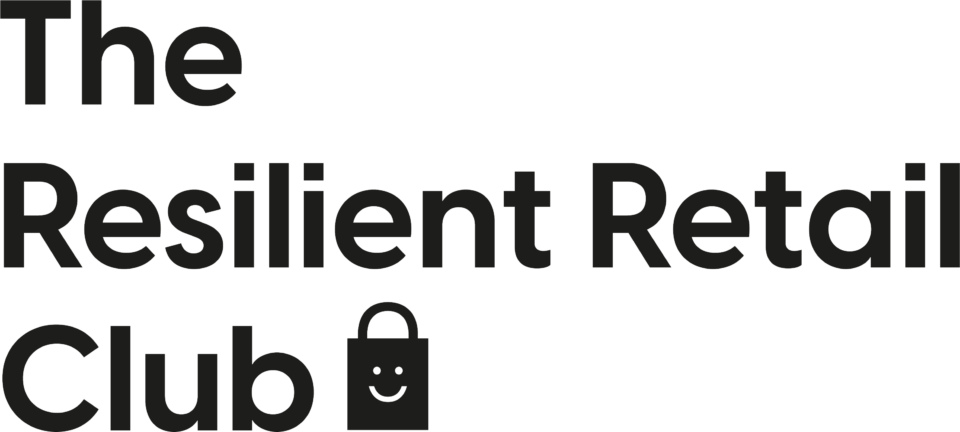If you’re looking to start an online retail business, you are not alone. Research shows that there has been a huge boom in new businesses being registered. In 2020 there were 88% more online retail businesses starting up compared to the same time period in 2019. Online shopping is growing in popularity and now accounts for around a third of all retail spending – more and more people are discovering the ease and convenience of shopping online making it the perfect time to start an online retail business.
Social media is another reason why online retail businesses are easier to set up now than ever before. Access to free tools such as Facebook and Instagram have allowed entrepreneurs the ability to reach a wider audience than would have been possible even 5 years ago. Want to know more about selling on social media for creative product businesses? Take a listen to my podcast episode right here.
One of the biggest benefits of focusing on ecommerce is that you can start an online retail business from home. Many of the creative entrepreneurs that I speak to have decided to start a retail business to work around kids or other responsibilities. If you are looking for a retail business that allows you to be based at home and choose the hours you work, then an online retail business from home is the way to go.
How to start an online retail business – 10 steps
We’ve talked about why now is a great time to start, and some of the perks of starting an online business. But now let’s go through some of the key steps that are part of the puzzle of how to start an online retail business.
1. Decide what you want to sell. Sounds obvious, but without a really strong product, everything else will be harder. For more inspiration, listen to my podcast episode on great products right here.
2. Do your research. Talking to your customer is an absolutely critical part of creating a viable business. In an ideal world, you would speak to 100 of your ideal customers before you launch. People often skip this step because they are excited about what comes next, but it’s crucial to get as much information as possible about what your customer needs.
3. Decide on your niche. Who are you selling to? In today’s increasingly competitive online space, your business needs to stand out by serving a particular customer really well. Many people resist this stage because they are worried that it will only give them a small audience to sell to, but the clearer you can be on your ideal customer, the easier it will be to sell to them.
4. Clarify your business stories – marketing has really changed over recent years, and storytelling is more important now than ever before. Before you get started, think about why you are starting, your vision for the business and what your products mean to you. It will help you get real clarity around your messaging which will in turn help you communicate with your ideal customer.
5. Find a good accountant – find an accountant who has experience in small businesses, preferably small product businesses, and you will find a valuable partner for your business. Although it is likely that you will be best off starting out as a sole trader and becoming a limited company further down the line, a good accountant will be able to give you the answer the this and many more crucial questions.
Even though you have to pay for their advice, you may well make your money back in tax savings. If nothing else, you’ll have the peace of mind that everything is being handled correctly, and that is priceless.
6. Chose your name! Do you want to include your name or make it more generic? Do you want your name to be specific to one type of product or a name that could be used for a business that sells a wide variety of goods? Choosing a business name is a small but significant step to building your business. Although you can change your name later down the line, especially if you rebrand, you also don’t want to rush your choice and end up regretting it shortly after you start!
7. Register your domain and get your social media handles. The domain name is the web address of your website – so my domain that I own is www.resilientretailclub.com. It’s often confusing when people first start out, because you buy the domain (think of this as the naming rights to a website) from a different provider to where you host your website.
There are lots of places to purchase your domain name – personally I like to buy from Google domains but there are lots of other options out there. You may also want to check if you can get your business name as a domain before you make your final decision what you are going to call your business. In an ideal world, you would own both the .com and the .co.uk (or country specific version if you are not in the UK) of your website.
Domains are often not very expensive, so it’s worth buying your domains even if you intend to start with an Etsy shop and open your own website later on. It would be very frustrating to start to build your business and then discover later down the line that you can’t get the domain name you want. Websites like www.namemesh.com are a great place to get ideas and see what is available.
Another deciding factor about your business name will be the availability of your social media handles. Can you get the one that you want on all the platforms you want to be on? Try and find something that is as close to your business name as possible – you don’t want to have to add numbers of extra characters if you can possibly avoid it.
8. Decide on your range. So you know who you are going to sell to, and what niche you want to go after. You’ve spoken to your customer and picked a business name. Now you want to actually go about putting together the range of products you want to sell. My advice? Start small. Six – eight products is plenty when you are first starting out and want to keep it small. You also want to check out your costings and make sure that you are going to be making a profit every time you make a sale. Want to know more about profit margins? Listen to my podcast right here.
9. Make a plan. This is the point at which all of your ideas come together and you create a plan for who you are targeting, where you want to sell and what you expect your sales to be. Even a very basic sales plan can really help you get motivated and give you something to aim for. Make sure you note down your expectations so that you will be ready to celebrate them when you beat them! For more on sales plans, listen to my podcast episode right here.
10. Get set to launch. This is all just the beginning! There are many more practical considerations to iron out before you launch – from where you are going to sell, postage and packaging options, finalising your pricing and so much more. Want to know more on this topic?
Have a listen to my podcast episode on the five things you need to know before starting an online business – right here. You can also get a full checklist of the steps to go through as you launch your business by downloading my free Start Your Business toolkit right here. All you need to do is put your email address in and you’ll be sent the toolkit.
There has never been a better time to have a creative product business – so if this has always been a dream of yours, why not take the plunge?











